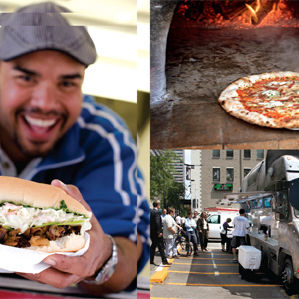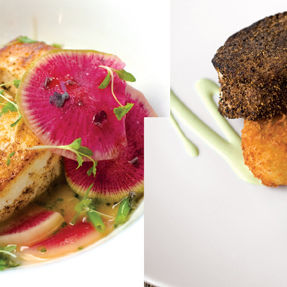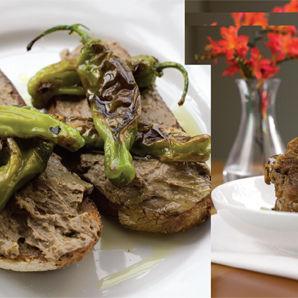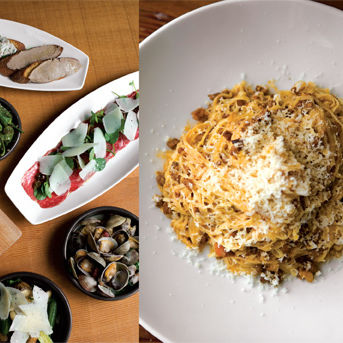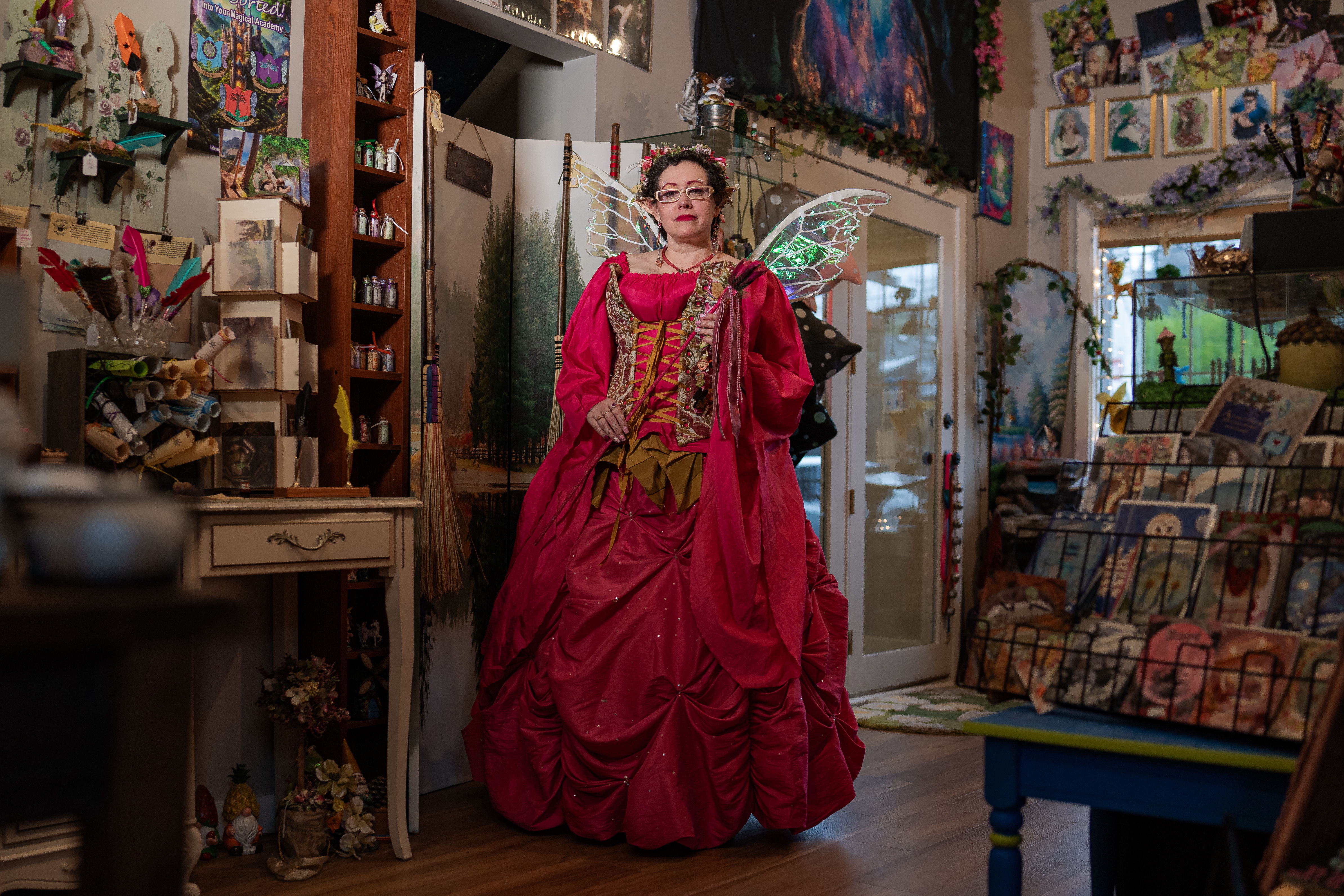Best Restaurants: The Sidekick
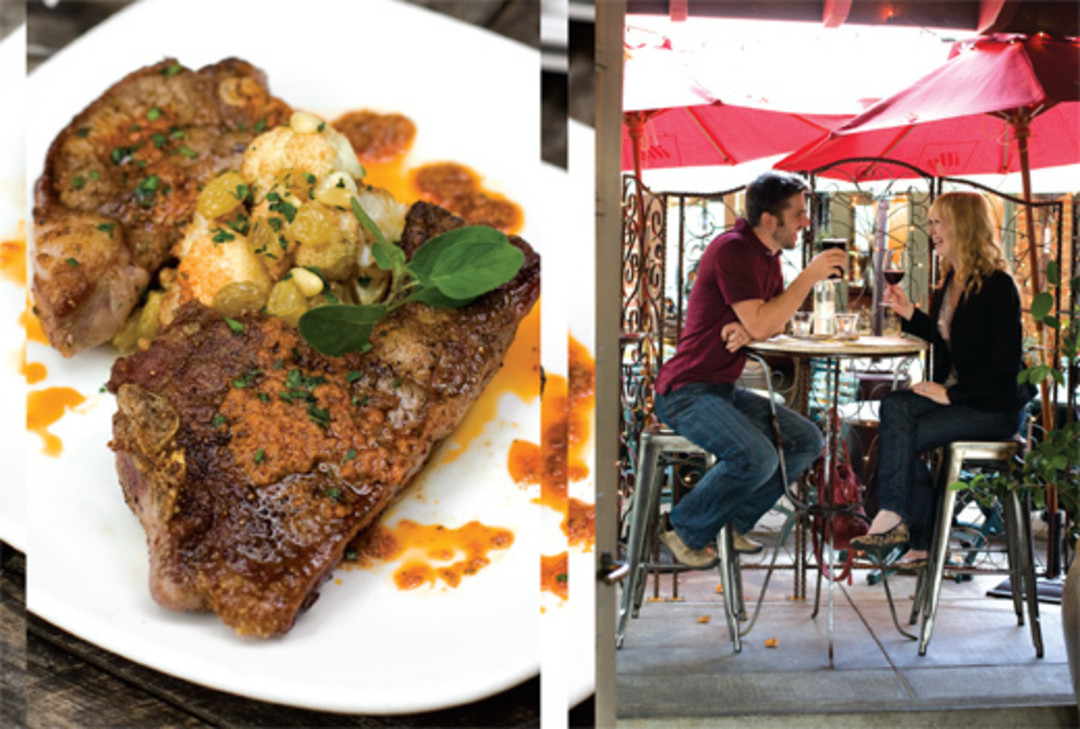
Cicchetti
Image: Lindsay Borden
SERAFINA OWNER SUSAN KAUFMAN bought the property across the courtyard from her Eastlake Italian ristorante in the depths of the recession at a price higher than its market value. “On paper I looked like such a loser—but I really wanted it!” Kaufman laughs. Her vision was fixed on the Napa Valley’s Tra Vigne, the celebrated Tuscan restaurant that adjoins its more casual, lower-priced cafe via a leafy courtyard of its own.
The stars in Kaufman’s eyes saw Cicchetti, as Serafina’s sidekick would be called, as cocktail bar, two levels, offering eclectic pan-Mediterranean small plates named after Venetian tapas, or cicchetti. It would have nooks and alcoves for intimacy, with a glorious Venetian glass chandelier in the entryway, setting the stage for stylish late-night sizzle. Practically speaking, it would provide a roomier space than Serafina’s perpetually packed bar to wait for a table in Serafina’s perpetually packed dining room. And if it didn’t exactly possess the culinary gravitas of its elder sib…well, that was sort of the point. A magical vibe and terrific cocktails composed of housemade infusions were this sidekick’s job—that and transforming a block into Kaufman’s compound, reinvigorating and raising the profile of her 18-year-old Serafina and thrusting it into the role of elder statesman.
Some sidekicks are opened as cocktail bars, like Le Gourmand’s little ode to urban Paris, Sambar, or Lark’s elegantly gauzy neighbor, Licorous. Some function as takeouts, as attested by the loaded deli cases in Flying Fish’s new On the Fly; the twirling rotisseries at Tom Douglas’s new Seatown Snack Bar To Go. Others, like Elemental @ Gasworks’ Elemental Next Door, or E.N.D., provide a casual a la carte alternative to the main restaurant’s long multicourse commitment—sort of the way Alice Waters’s Chez Panisse Café functions vis-a-vis the legendary Chez Panisse.
They’re all part of a trend that took its time arriving from Europe and the East Coast, but has now clearly taken root here. “The Michelin three-star restaurants, no matter how grand—they never make money,” explains Le Gourmand’s owner and chef Bruce Naftaly. “The big names make their money by branding themselves: branching into ancillary businesses or opening smaller, simpler places. Get a lower price point and a higher volume; get some cash flow going.”
And when the space for a smaller, simpler place comes open right next door? “No-brainer,” pronounces Tom Douglas, who with nine food-service businesses within the space of five city blocks knows a thing or two about spinoffs. Kaufman says she never would have launched a second place anywhere but next door, the proximity allowing shared management, prep areas, computer systems, storage, phones, accounting—even ingredients. “If a special doesn’t sell out at Serafina we can make it into a meze portion the next night at Cicchetti,” she says. “It’s like having two restaurants for one-and-a-half times the cost.”
NEXT: TARTS AND SOURS
